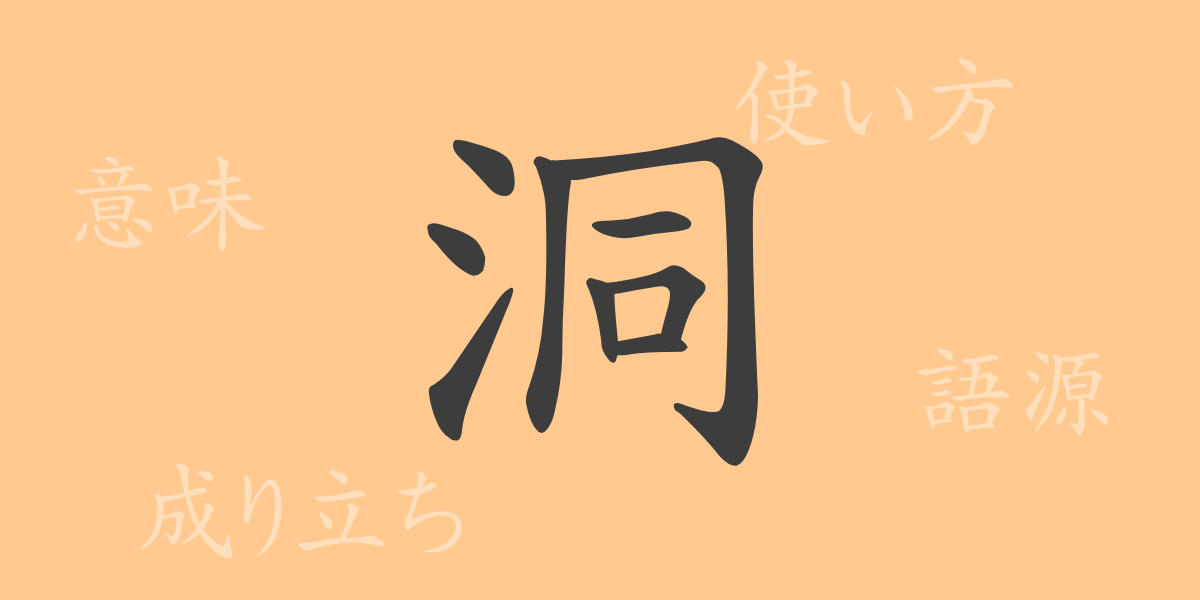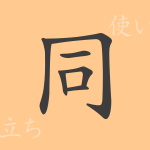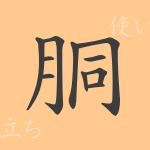Japanese language boasts a plethora of Kanji, each with its own unique history and meaning. This article shines a spotlight on the commonly used Kanji ‘洞 (どう)’, delving into its profound allure. Long utilized in our daily lives, this character is an indispensable part of our culture. From its origins to its meanings, usages, and even its use in idioms and phrases, let’s explore the rich world embodied by ‘洞’.
Origins of ‘洞 (どう)’
The Kanji ‘洞’ traces its roots back to ancient China, originally symbolizing holes opened in mountains or the ground. As time progressed, its form and meaning evolved; ‘洞’ now conveys the concept of ‘being connected through a hole’. This character symbolizes the mysteries of nature and human curiosity, stimulating our imaginations since ancient times.
Meaning and Usage of ‘洞 (どう)’
‘洞’ commonly refers to ‘a place connected by a hole’ but is also used metaphorically. For example, ‘心の洞 (こころのほら)’ implies deep understanding of a person’s heart, and ‘洞察力 (どうさつりょく)’ refers to the ability to perceive the essence of matters. ‘洞’ also describes natural features like caves and grottoes, further showcasing its versatility.
Readings, Stroke Count, and Radical of ‘洞 (どう)’
‘洞’ has various readings and plays a fundamental role in the Japanese language.
- Readings: On’yomi ‘ドウ’, Kun’yomi ‘ほら’
- Stroke Count: 11 strokes make up the Kanji ‘洞’.
- Radical: The radical is ‘水’, but it combines with ‘穴’ to form the meanings associated with ‘洞’.
Phrases, Idioms, and Proverbs Using ‘洞 (どう)’
There are many idioms and phrases that include ‘洞’:
- ‘洞察力 (どうさつりょく)’: Represents the keen ability to discern the true nature of things.
- ‘洞窟 (どうくつ)’: Refers to naturally formed large spaces or caves, often popular as tourist destinations.
- ‘洞穴 (どうけつ)’: Synonymous with small-scale ‘洞窟’, refers to holes formed in the ground or in rocky mountains.
These terms, while based on the fundamental meaning of ‘connected through a hole’, each add their unique nuances.
Conclusion on ‘洞 (どう)’
The commonly used Kanji ‘洞’ holds a pivotal role in the Japanese language with its simple yet profound implications. It has been employed to depict a range of phenomena and concepts, from natural wonders to human introspections. We hope this article has provided a glimpse into the multifaceted appeal of ‘洞’. Next time you encounter ‘洞’ in your daily conversations, recall the rich history and meanings behind it.

























